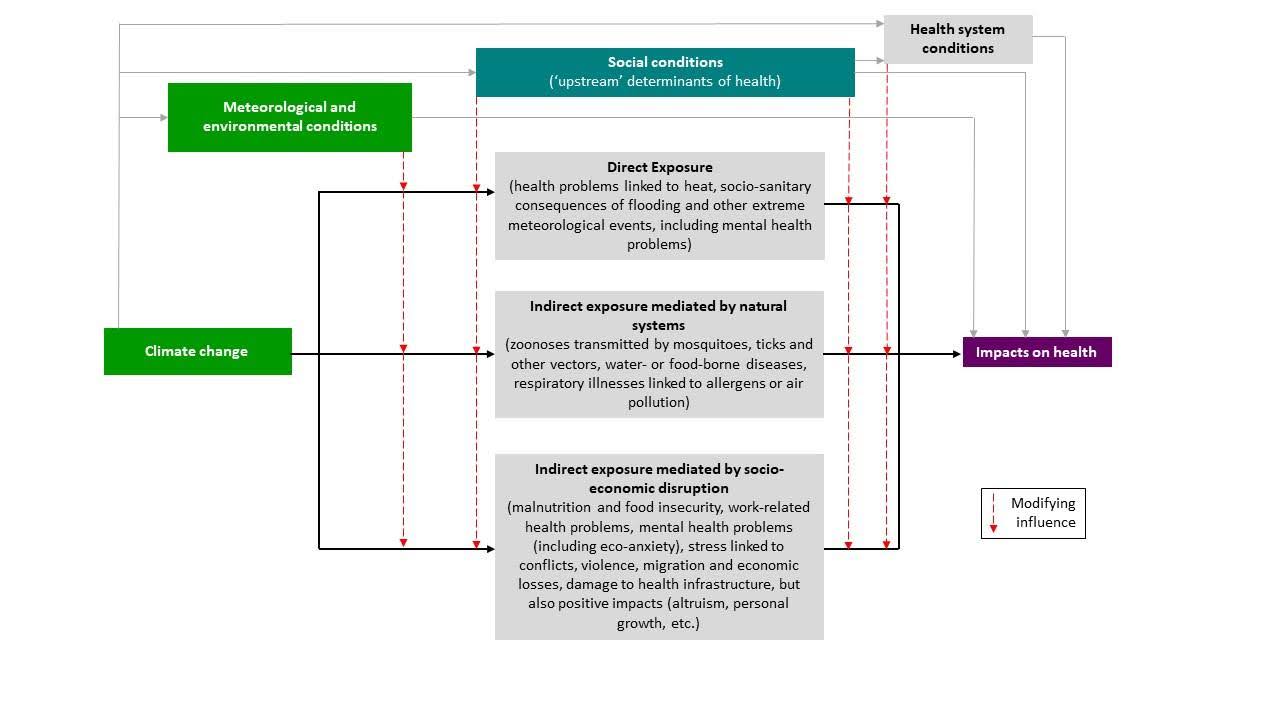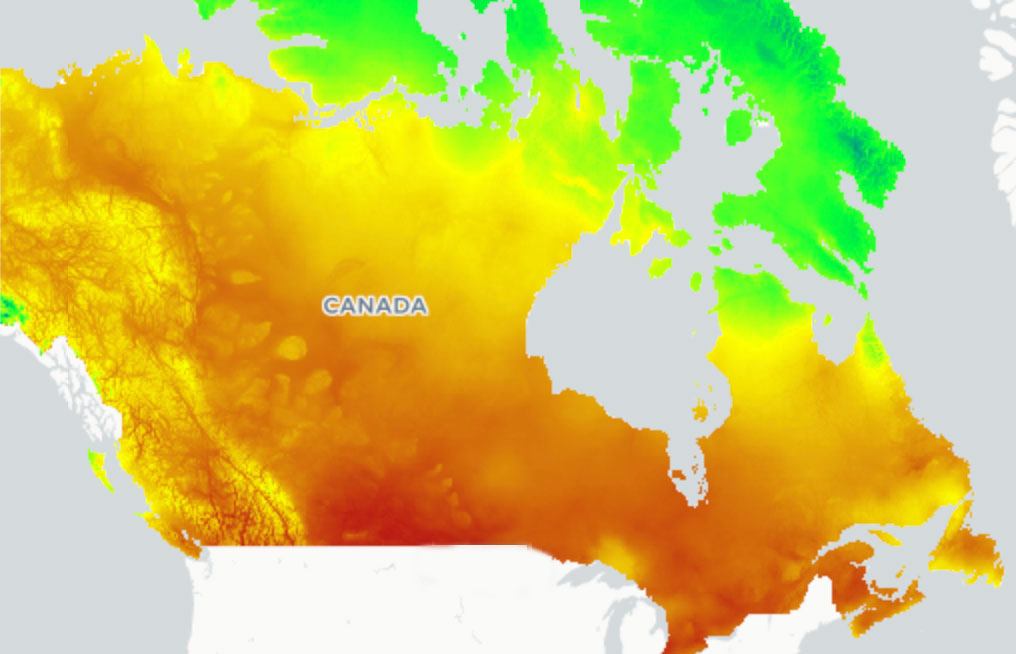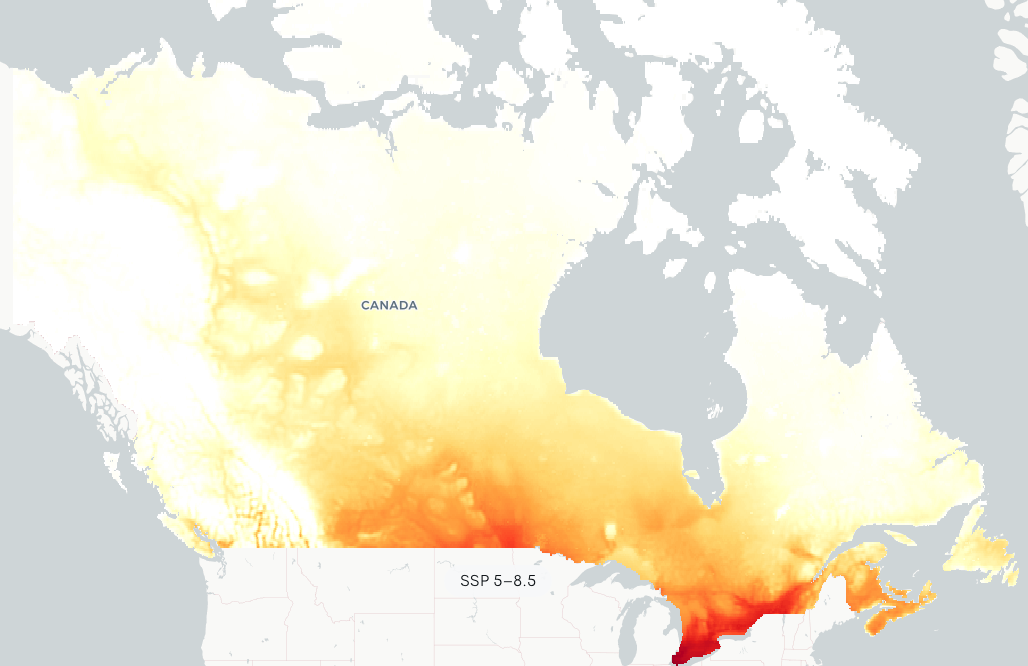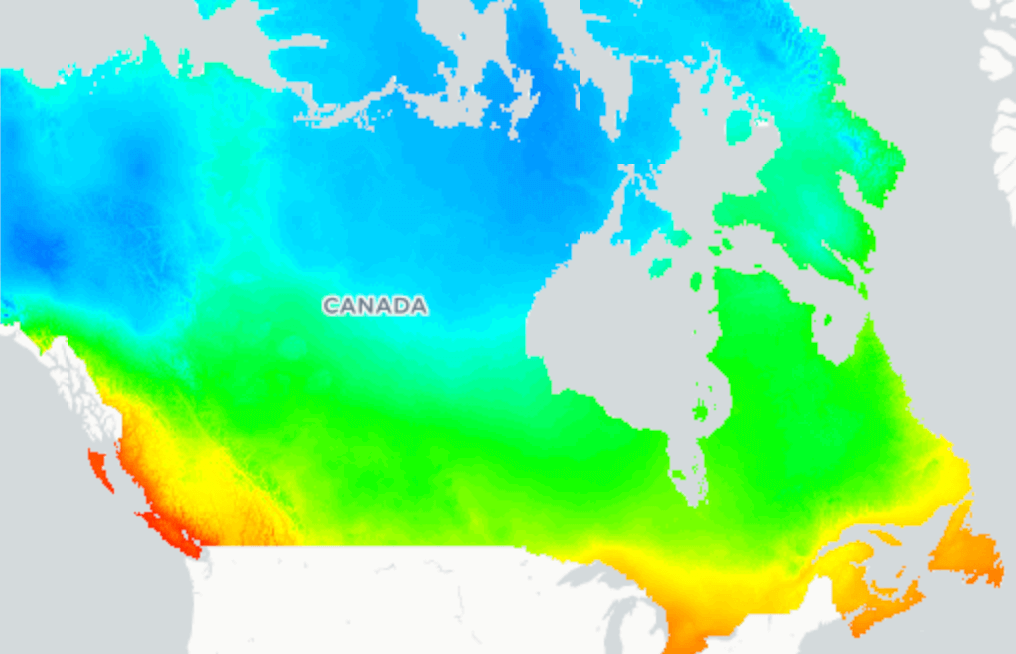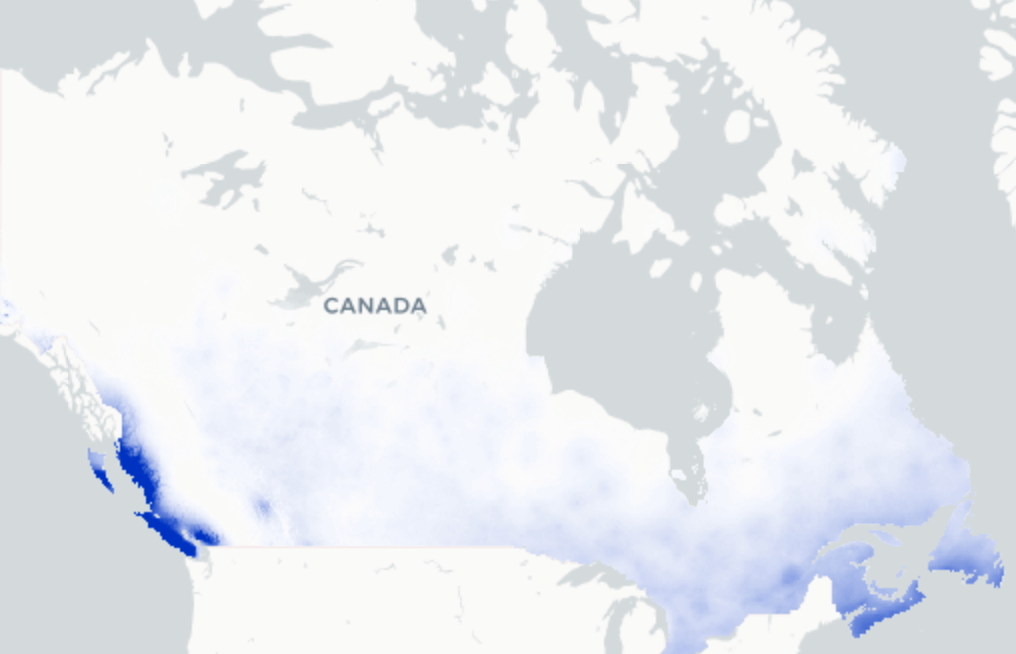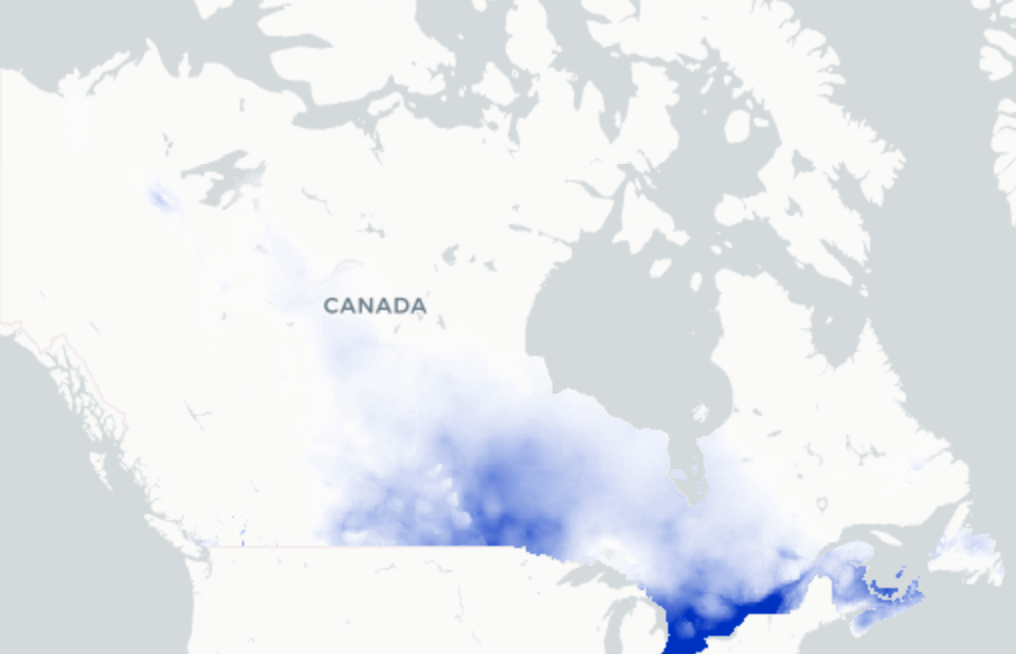1. Smith KR, Woodward A, Campbell-Lendrum D, Chadee DD, Honda Y, Liu Q, Olwoch JM, Revich B, Sauerborn R (2014): Human health: impacts, adaptation, and co-benefits. In: Climate Change 2014: Impacts, Adaptation, and Vulnerability. Part A: Global and Sectoral Aspects. Contribution of Working Group II to the Fifth Assessment Report of the Intergovernmental Panel on Climate Change [Field CB, Barros VR, Dokken DJ, Mach KJ, Mastrandrea MD, Bilir TE, Chatterjee M, Ebi KL, Estrada YO, Genova RC, Girma B, Kissel ES, Levy AN, MacCracken S, Mastrandrea PR, White LL (Eds.)]. Cambridge University Press, Cambridge, United Kingdom and New York, NY, USA, pp. 709-754.
2. Warren F, Lulham N, Editors (2021). Canada in a Changing Climate: National Issues Report; Government of Canada, Ottawa, ON. http://www.changingclimate.ca/National-Issues
3. Anderegg WRL, Abatzoglou JT, Anderegg LD, Bielory L, Kinney PL, Ziska L (2021): Anthropogenic climate change is worsening North American pollen seasons. Proceedings of the National Academy of Sciences 118(7) e2013284118; DOI: 10.1073/pnas.2013284118
4. Bouchard C, Dibernardo A, Koffi J, Wood H, Leighton PA, Lindsay LR (2019): Increased risk of tick-borne diseases with climate and environmental changes. Canadian Communicable Disease Report 45(4): 83-9. https://doi.org/10.14745/ccdr.v45i04a02
5. Finlay S, Moffat A, Gazzard R, Baker D, Murray V (2012): Health impacts of wildfires. PLoS Currents, November 2, Edition 1, doi:10.1371/4f959951cce2c
6. Fernandez A, Black J, Jones M, Wilson L, Salvador-Carulla L, Astell-Burt T, Black D (2015): Flooding and Mental Health: A Systematic Mapping Review. PLoS ONE 10(4): e0119929. https://doi.org/10.1371/journal.pone.0119929
7. Goldmann E, Galea S (2014): Mental health consequences of disasters. Annual Review of Public Health 35: 169-183. https://doi.org/10.1146/annurev-publhealth-032013-182435
8. Clark DG, Ness R, Coffman D, Beugin D (2021): The Health Costs of Climate Change: How Canada Can Adapt, Prepare and Save Lives. Canadian Institute for Climate Choices, 65pp. https://climatechoices.ca/reports/the-health-costs-of-climate-change/
9. Confalonieri U, Menne B, Akhtar R, Ebi KL, Hauengue M, Kovats RS, Revich B, Woodward A (2007): Human Health. In: Climate Change 2007: Impacts, Adaptation and Vulnerability. Contribution of Working Group II to the Fourth Assessment Report of the Intergovernmental Panel on Climate Change (Parry ML, Canziani OF, Palutikof JP, van der Linden PJ, Hanson CE [Eds]), Cambridge University Press, Cambridge, UK, 391-431
10. FAQ 2.1: Will species become extinct with climate change and is there anything we can do to prevent this? Chapter 2: Terrestrial and Freshwater Ecosystems and Their Services | Climate Change 2022: Impacts, Adaptation and Vulnerability (ipcc.ch). In: Parmesan C, Morecroft MD, Trisurat Y, Adrian R, Anshari GZ, Arneth A, Gao Q, Gonzalez P, Harris R, Price J, Stevens N, Talukdar GH (2022): Terrestrial and Freshwater Ecosystems and their Services. In: Climate Change 2022: Impacts, Adaptation, and Vulnerability. Contribution of Working Group II to the Sixth Assessment Report of the Intergovernmental Panel on Climate Change [Pörtner H-O, Roberts DC, Tignor M, Poloczanska ES, Mintenbeck K, Alegría A, Craig M, Langsdorf S, Löschke S, Möller V, Okem A, Rama B (Eds)]. Cambridge University Press, Cambridge, UK and New York, NY, USA, pp. 197-377, doi:10.1017/9781009325844.004.
11. FAQ 2.2 | How does climate change increase the risk of diseases? Chapter 2: Terrestrial and Freshwater Ecosystems and Their Services | Climate Change 2022: Impacts, Adaptation and Vulnerability (ipcc.ch). In: Parmesan C, Morecroft MD, Trisurat Y, Adrian R, Anshari GZ, Arneth A, Gao Q, Gonzalez P, Harris R, Price J, Stevens N, Talukdar GH (2022): Terrestrial and Freshwater Ecosystems and their Services. In: Climate Change 2022: Impacts, Adaptation, and Vulnerability. Contribution of Working Group II to the Sixth Assessment Report of the Intergovernmental Panel on Climate Change [Pörtner H-O, Roberts DC, Tignor M, Poloczanska ES, Mintenbeck K, Alegría A, Craig M, Langsdorf S, Löschke S, Möller V, Okem A, Rama B (Eds)]. Cambridge University Press, Cambridge, UK and New York, NY, USA, pp. 197-377, doi:10.1017/9781009325844.004.
12. Kjellstrom T, Butler AJ, Lucas RM, Benita R (2010): Public health impact of global heating due to climate change: potential effects on chronic non-communicable diseases. International Journal of Public Health 55: 97–103. https://doi.org/10.1007/s00038-009-0090-2
13. Clayton S (2020): Climate anxiety: Psychological responses to climate change. Journal of Anxiety Disorders 74: 102263, ISSN 0887-6185, https://doi.org/10.1016/j.janxdis.2020.102263.
14. Ogden NH, St-Onge L, Barker IK, Brazeau S, Bigras-Poulin M, Charron DF, Francis CM, Heagy A, Lindsay LR, Maarouf A, Michel P, Milord F, O’Callaghan CJ, Trudel L, Thompson RA (2008): Risk maps for range expansion of the Lyme disease vector, Ixodes scapularis, in Canada now and with climate change. International Journal of Health Geographics 7: 24. doi:10.1186/1476-072X-7-24.
15. Comeau L, Nunes D (2019): Healthy Climate, Healthy New Brunswickers: A proposal for New Brunswick that cuts pollution and protects health. Retrieved from Fredericton, New Brunswick: https://www.conservationcouncil.ca/wp-content/uploads/2019/06/Healthy-Climate-Healthy-New-Brunswickers-1.pdf
16. World Health Organization (2015): Operational Framework for Building Climate Resilient Health Systems. World Health Organization; Geneva, Switzerland. https://apps.who.int/iris/bitstream/handle/10665/189951/9789241565073_eng.pdf
17. Aubie Vines G, Murdock T, Sobie S, Hohenschau D (2018): Lower Mainland Facilities Management: Moving towards Climate Resilient Health Facilities for Vancouver Coastal Health. Report Prepared for Vancouver Coastal Health; Vancouver, BC, Canada. https://bcgreencare.ca/resource/moving-toward-climate-resilient-health-facilities-vancouver-coastal-health
